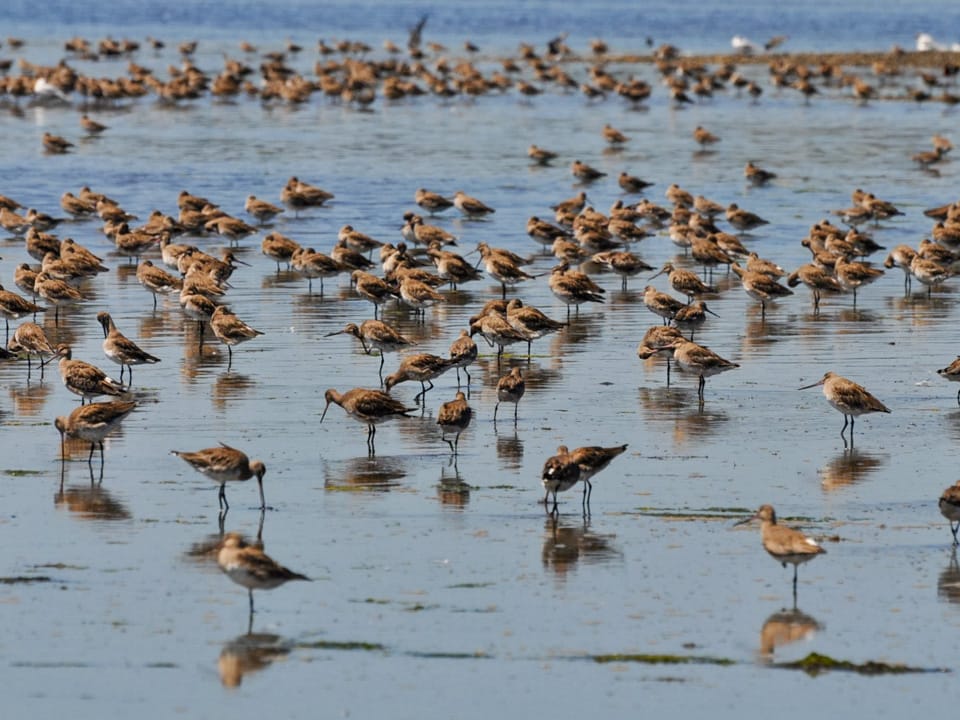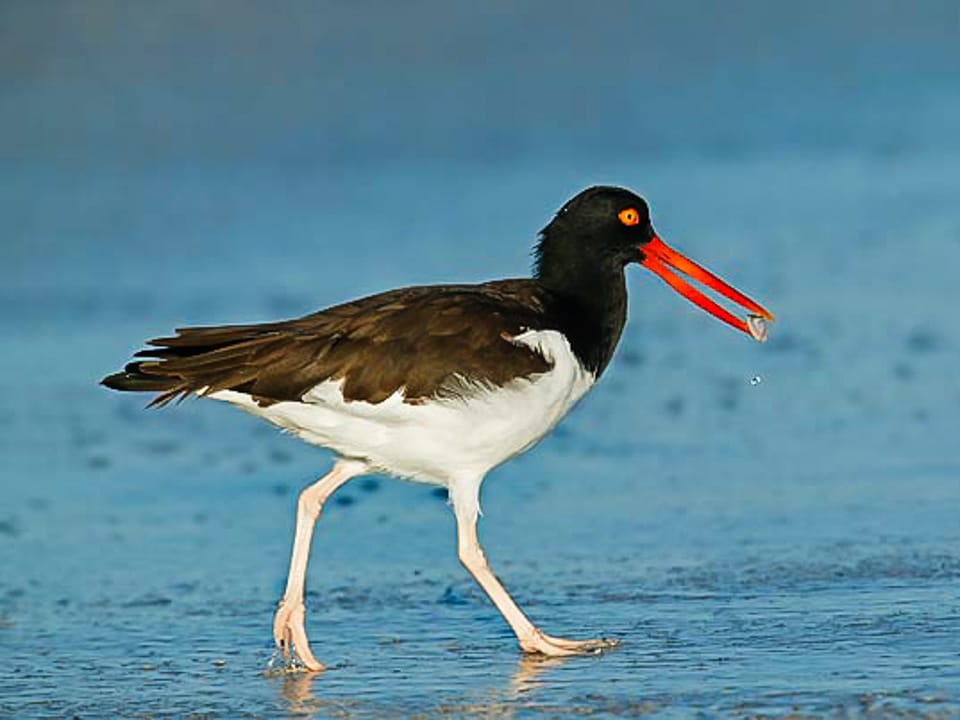Overview
The Georgia Bight Shorebird Conservation Initiative was launched in May 2018 to address specific threats to the shorebirds dependent on the southeastern region of the Atlantic Coast. By increasing the involvement of the public, as well as state and federal agencies, we strive to build a local, holistic culture of shorebird conservation to ensure the region continues to provide the resources necessary to sustain shorebirds throughout the year.
For many shorebirds our focal geographic area, which encompasses coastal South Carolina, Georgia and northeastern Florida, provides exceptional habitat. This section of the coast is studded with barrier islands and highly dynamic inlets and estuaries that support more than 300,000 shorebirds annually. The unique curved coastline of the Georgia Bight results in large changes of water depth between low tide and high tide every day. This intertidal zone of extensive salt marshes, expansive sand and mud flats, and undisturbed areas of beach creates huge areas of potential food resources that are exposed by the receding tide. In recognition of the value to shorebirds in the Bight, there are three Western Hemisphere Shorebird Reserve Network (WHSRN) sites encompassing much of coastal South Carolina and Georgia.
Many of the species that rely on this important landscape are exhibiting population declines. During periods of fall and spring migrations, Canadian and Alaskan nesting shorebirds such as the Short-billed Dowitcher (Limnodromus griseus), Red Knot (Calidris canutus), Semipalmated Plover (Charadrius semipalmatus), and Black-bellied Plover (Pluvialis squatarola) use the region to rest and replenish themselves on the rich, abundant foods. The Georgia Bight is equally important for shorebirds that spend the winter here including the Great Lakes breeding population of the Piping Plover (Charadrius melodus circumcinctus) and the American Oystercatcher (Haematopus palliatus). Breeding birds such as Wilson’s Plovers (Charadrius wilsonia) and American Oystercatchers also rely on the barrier islands, shell rakes and offshore sand bars along the Georgia Bight.





 Back to all
Back to all

